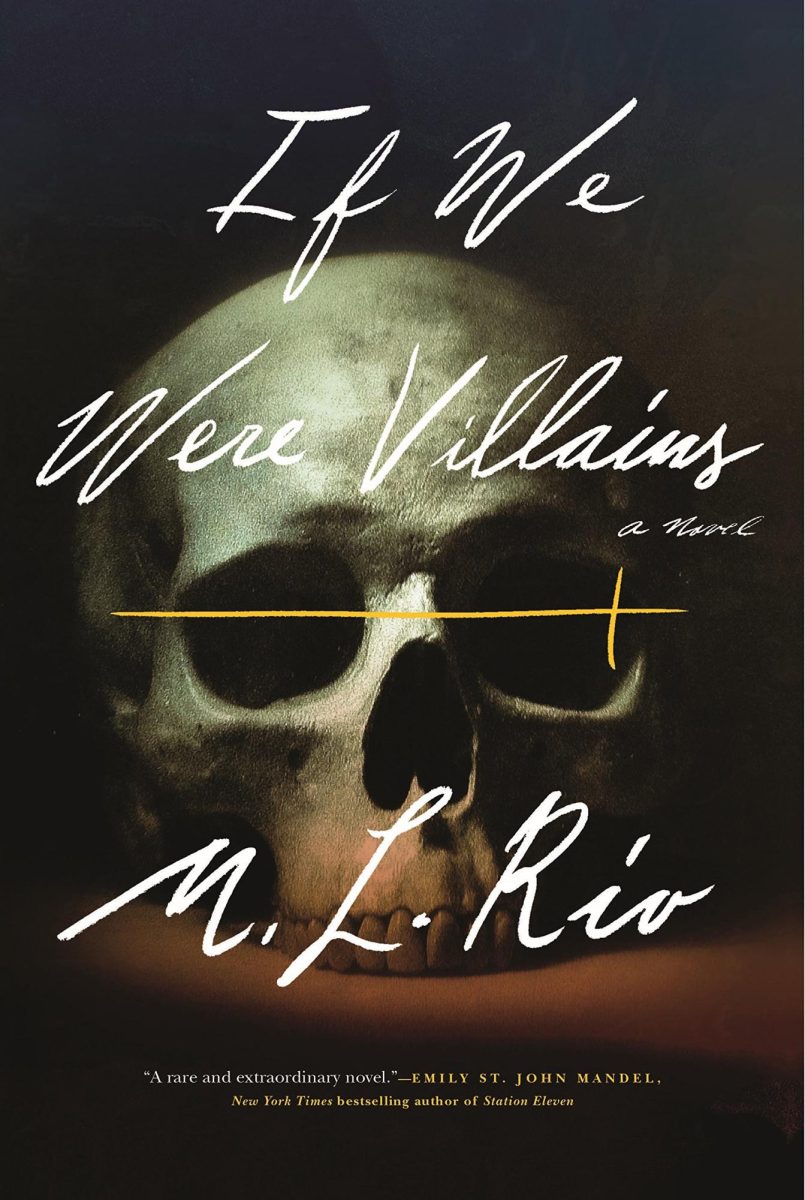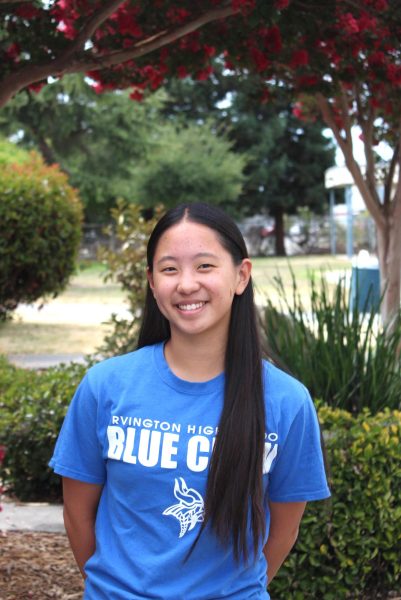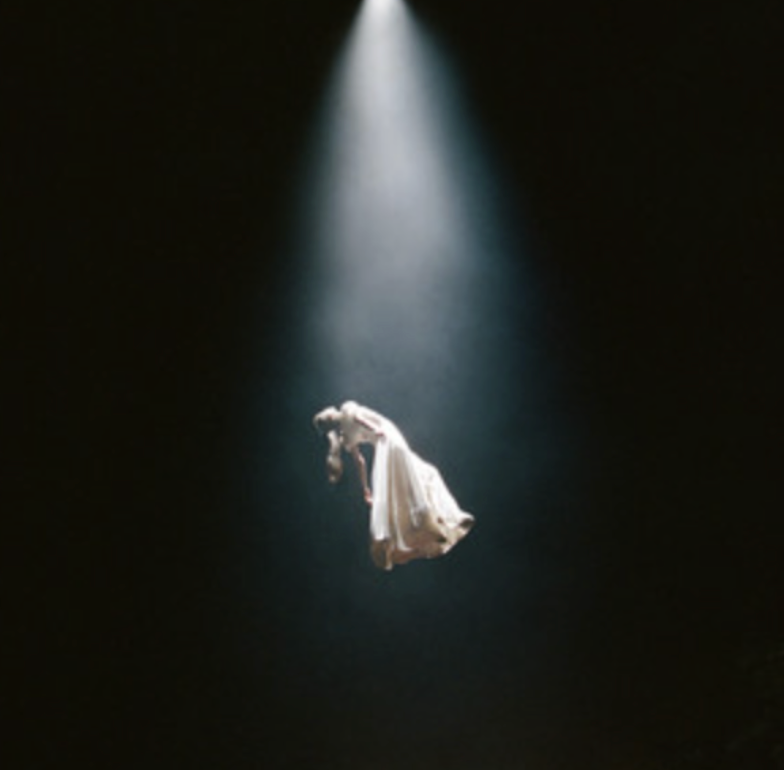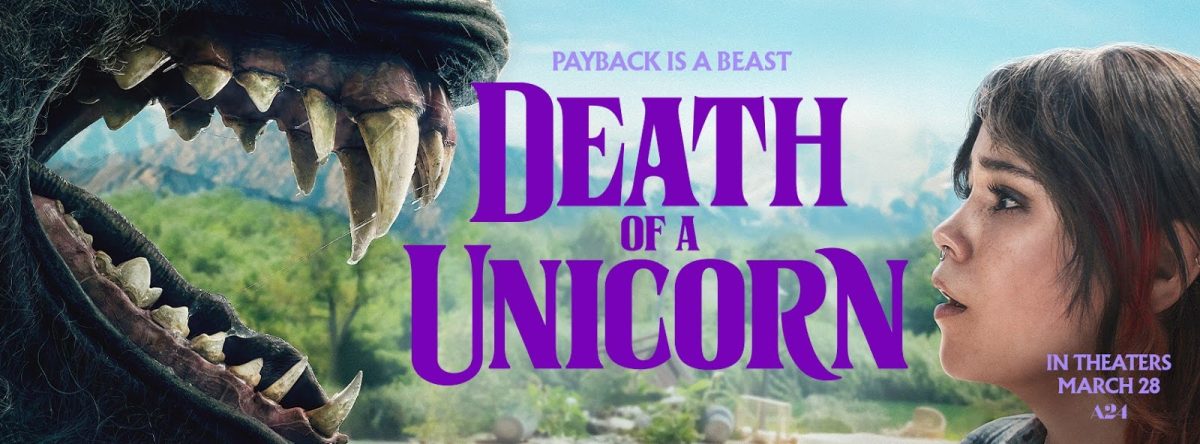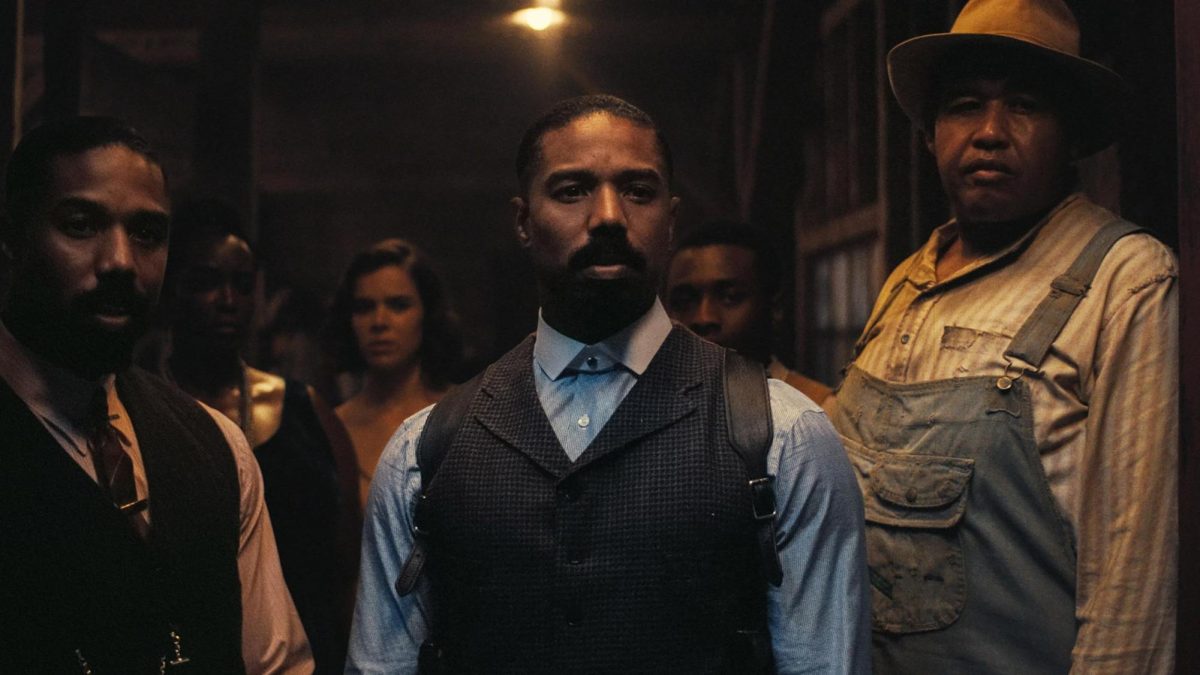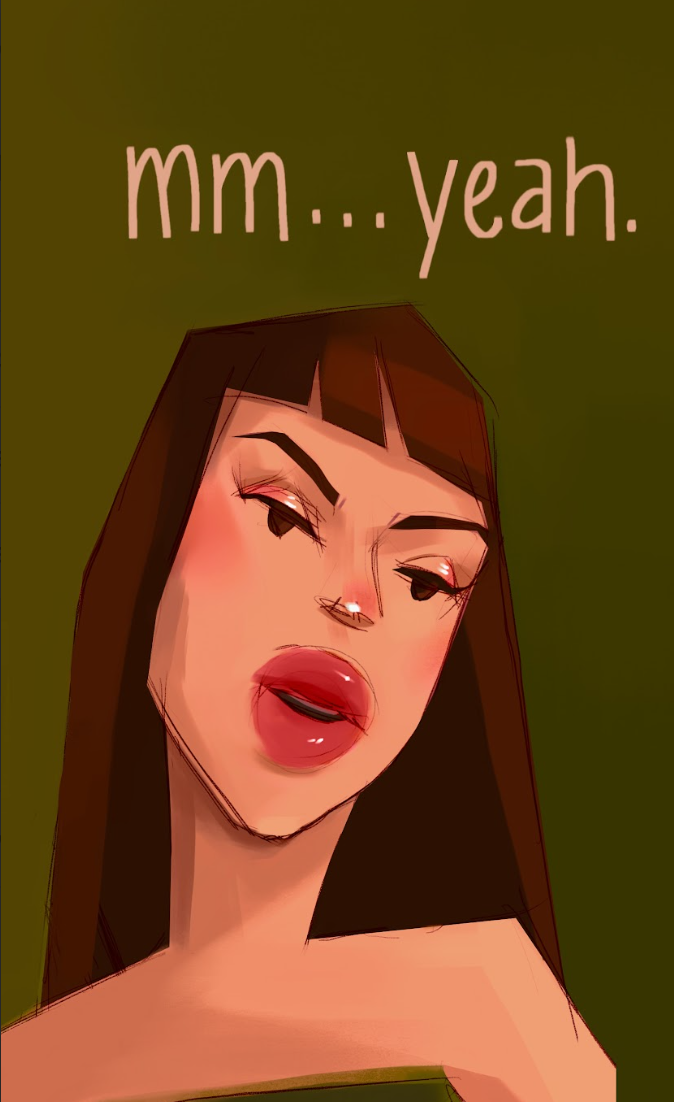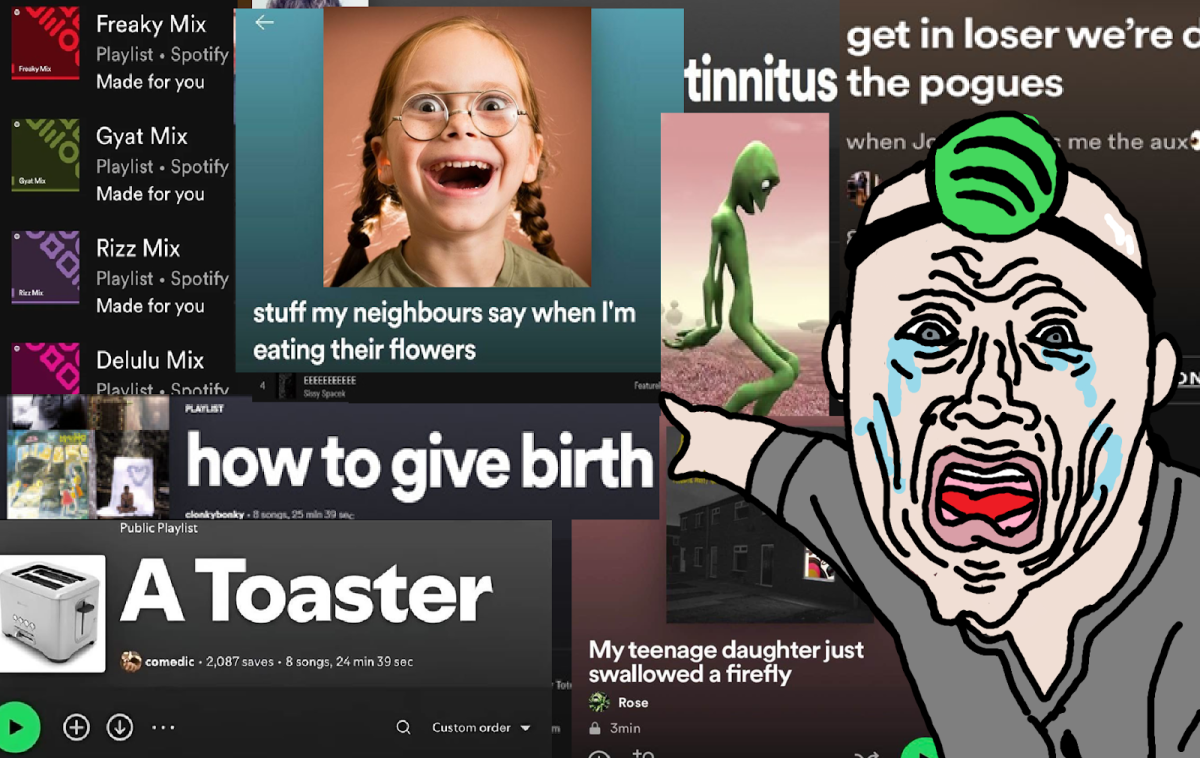“If We Were Villains” by M.L. Rio may seem like yet another book you see online whose plot heavily relies on its setting and aesthetic, but the truth is quite the opposite. . “If We Were Villains”, first published in 2017, gained traction amongst readers all over the world during the pandemic as one of the many “dark academia aesthetic” books on BookTok. Due to the book’s association with the aforementioned community, and the way the book was advertised to the public, many avid readers dismiss it, and it is therefore, often ignored in the gloomier genres. “If We Were Villains” is set in both the late 1990s and the late 2000s. It follows the character of Oliver Marks, who has just been released from prison for a murder that he may, or may not, have committed. The book flashes back ten years, to when Oliver was still in college, to replay the events that lead him to being arrested.
During this flashback, readers learn that Oliver is a college student in his final year at the Dellecher Classical Conservatory, an elite college for performing arts. Extremely rigorous and competitive, Oliver and his group of friends navigate their last year together, albeit with many extreme highs and lows. While in the midst of preparing for their last ever play, things start to get tense as the line between what is real and what is not begins to blur, and characters start to blend with real people.
What makes “If We Were Villains” so interesting is its deep dive into character psyche and personality. Each main character in Oliver’s friend group has a distinct personality that is explored and developed throughout the story. Not only this, each character mirrors an archetype often seen in Shakespearian literature and plays. Such archetypes include the hero, the villain, the loyal sidekick, the femme fatale, and more. Each archetype is portrayed to a tee in the book, and as they are preparing for the play “Macbeth” in the story itself, readers can start to see parallels between the fictional characters of Macbeth and the characters in the book.
Obviously, you will never fully understand a book and its depth without reading it yourself, but this is especially true for “If We Were Villains.” On social media, the book is often portrayed simply by its aesthetic: dark academia. It is not uncommon that you’re scrolling mindlessly on your phone, before coming across a video with classical music and a fast-paced slideshow of photos featuring candle lit libraries, parchment paper, and rainy castles in the fall. This is essentially how “If We Were Villains” was characterized by the general public, often grouped with other books such as “The Secret History,” by Donna Tart. Having read both books, there are a few similarities in the plot or the setting, but there are still things that set it apart from other books people consider similar.
That being said, this book is definitely not for everybody. While I myself was initially drawn to the book because of its link to the dark academia aesthetic, it quickly became one of my favorite books due to many factors that I have stated above.
Many books now, especially ones popular online, often get looked down on for being “silly” or “not serious.” “If We Were Villains” is definitely one of the many books that gets roped into conversation about the oversaturation and overconsumption of the reading community, but at the end of the day it comes down to whether or not you, yourself, appreciate the book for what it is, without considering what others might say about it or how it may appear at face value.


